Home>Gardening & Outdoor>Landscaping Ideas>How To Get St Augustine Grass Green
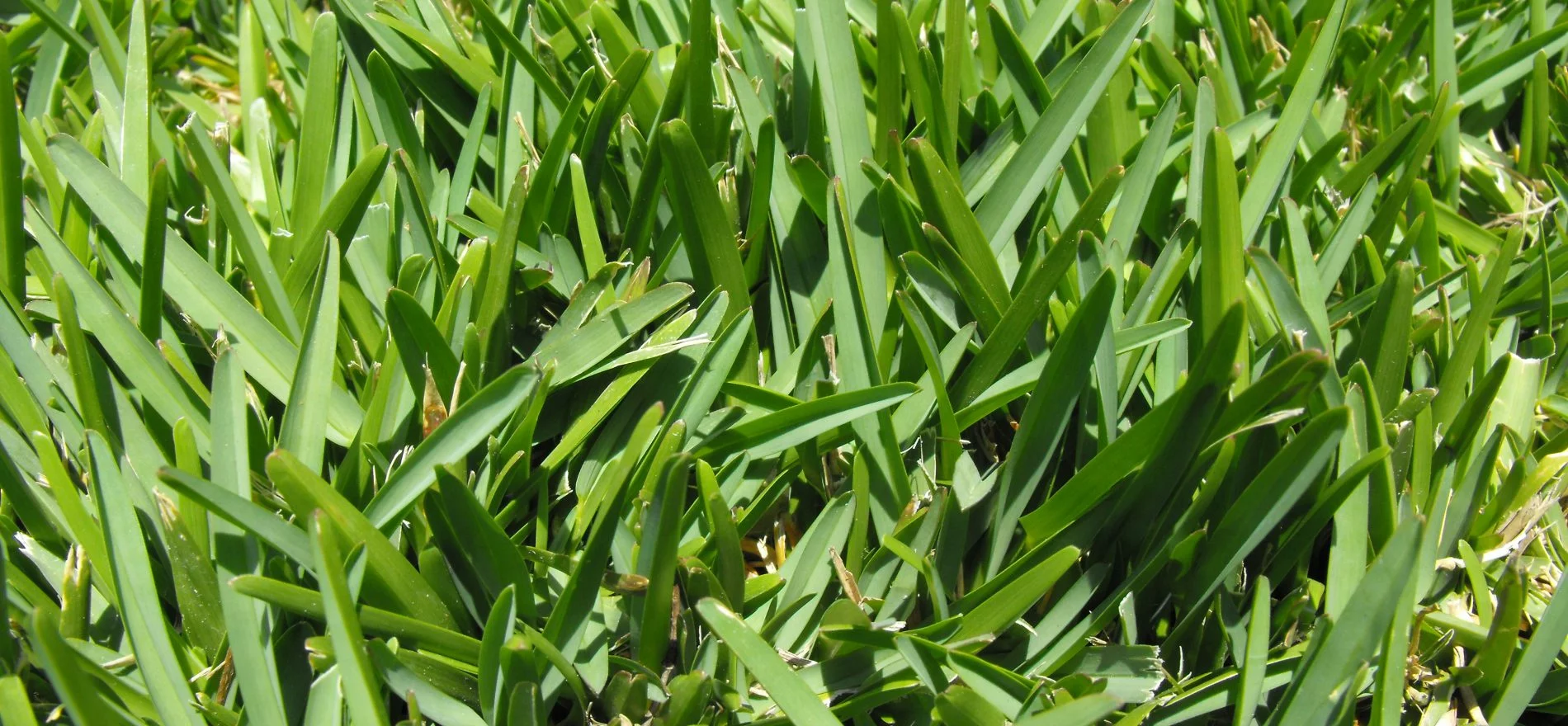

Landscaping Ideas
How To Get St Augustine Grass Green
Modified: March 29, 2024
Achieve a vibrant green St. Augustine grass with these expert landscaping ideas. Learn how to enhance your lawn's appearance and health today.
(Many of the links in this article redirect to a specific reviewed product. Your purchase of these products through affiliate links helps to generate commission for Storables.com, at no extra cost. Learn more)
Introduction
Welcome to the world of lush, vibrant lawns where the emerald green of St. Augustine grass reigns supreme. Achieving the perfect shade of green for your St. Augustine grass involves a blend of understanding its unique characteristics and implementing proper care practices. Whether you're a seasoned lawn enthusiast or a novice homeowner looking to elevate your curb appeal, this comprehensive guide will equip you with the knowledge and techniques to transform your St. Augustine grass into a verdant masterpiece.
In this guide, we will delve into the essential aspects of nurturing St. Augustine grass, from soil preparation to pest control. By gaining a deeper understanding of this warm-season grass variety and learning the best practices for its maintenance, you'll be well on your way to enjoying a luxuriant lawn that beckons bare feet and outdoor gatherings.
Join us on this journey as we uncover the secrets to achieving that coveted lush green hue for your St. Augustine grass. Let's embark on this horticultural adventure and unlock the potential of your lawn to become the envy of the neighborhood.
Key Takeaways:
- To get St. Augustine grass green, understand its needs. Prepare the soil, fertilize, water deeply, mow at the right height, and protect from pests. This creates a lush, vibrant lawn for outdoor enjoyment.
- Maintaining a green St. Augustine grass involves a horticultural journey. By following tailored care practices, homeowners can cultivate a resilient, verdant lawn that embodies natural beauty and meticulous care.
Read more: How To Get St. Augustine Grass To Spread
Understanding St. Augustine Grass
Before diving into the specifics of maintaining a vibrant green St. Augustine grass, it’s crucial to grasp the fundamental characteristics of this popular warm-season turfgrass. St. Augustine grass (Stenotaphrum secundatum) is celebrated for its lush, dense growth and a stunning green hue that flourishes in warm, coastal regions.
This grass variety thrives in regions with mild winters and hot, humid summers, making it a favored choice for lawns in the southern United States. It exhibits excellent heat tolerance and adapts well to a range of soil types, from sandy to clay-based soils. Its broad, flat blades and vigorous lateral growth contribute to its lush appearance, making it a sought-after option for homeowners seeking a visually appealing lawn.
St. Augustine grass is known for its shade tolerance, making it suitable for lawns with partial sun exposure. However, it does require a moderate amount of sunlight to maintain its vibrant green color. Understanding the unique traits of St. Augustine grass sets the stage for implementing tailored care practices that cater to its specific needs, ensuring the sustained health and beauty of your lawn.
By familiarizing yourself with the growth habits, environmental preferences, and maintenance requirements of St. Augustine grass, you’ll be better equipped to nurture it into a stunning green expanse that beckons relaxation and outdoor enjoyment.
Soil Preparation
Creating an optimal environment for St. Augustine grass to flourish begins with meticulous soil preparation. The composition and condition of the soil directly impact the grass’s ability to absorb nutrients and water, ultimately influencing its vibrant green color and overall health.
Before establishing or revitalizing a St. Augustine grass lawn, conducting a soil test is a prudent initial step. This analysis provides valuable insights into the soil’s pH levels, nutrient content, and composition, guiding the formulation of a targeted soil amendment plan. St. Augustine grass thrives in slightly acidic to neutral soil with a pH range of 6.0 to 7.5. If the soil test reveals an imbalance, amendments such as lime or sulfur can be incorporated to achieve the ideal pH level, fostering an environment conducive to vibrant grass growth.
Furthermore, ensuring adequate soil drainage is crucial for preventing waterlogged conditions that can impede the grass’s root development and lead to a lackluster appearance. Amending heavy clay soils with organic matter, such as compost or peat moss, enhances both drainage and nutrient retention, promoting a healthy and verdant lawn.
Prior to laying sod or planting St. Augustine grass plugs or sprigs, it’s beneficial to cultivate the soil to a depth of 4 to 6 inches, loosening compacted areas and facilitating root penetration. This preparatory measure encourages robust root establishment, which is vital for sustained greenery and resilience against environmental stressors.
By meticulously preparing the soil to align with St. Augustine grass’s preferences, you set the stage for a thriving lawn that exhibits the vibrant green hue characteristic of this beloved turfgrass variety.
Fertilization
Fertilization plays a pivotal role in nurturing St. Augustine grass to attain and sustain its lush green color. Implementing a well-devised fertilization regimen tailored to the specific needs of this warm-season grass variety is instrumental in promoting vigorous growth and vibrant foliage.
St. Augustine grass benefits from a balanced fertilizer with a nitrogen-phosphorus-potassium (N-P-K) ratio formulated to support its growth and color retention. A granular 16-4-8 or 15-0-15 fertilizer, applied at a rate of 1 pound of nitrogen per 1,000 square feet, is generally recommended for St. Augustine grass. This application should be performed during the active growing season, typically from late spring through early fall, to provide the grass with the essential nutrients it requires to maintain its green vigor.
When applying fertilizer, it’s crucial to adhere to the recommended rates and timing to prevent over-fertilization, which can lead to excessive leaf growth and susceptibility to diseases. Additionally, irrigating the lawn after fertilization aids in the efficient uptake of nutrients, ensuring that the grass capitalizes on the applied fertilizer for optimal color and health.
Furthermore, incorporating a slow-release fertilizer minimizes the risk of nutrient leaching and provides a sustained nutrient supply to the grass over an extended period, fostering consistent greenery and robust growth. This approach mitigates the need for frequent reapplication and promotes resource-efficient lawn maintenance.
Understanding the nutrient requirements and growth patterns of St. Augustine grass empowers homeowners to administer targeted fertilization, fostering a luxuriant green lawn that serves as a captivating backdrop for outdoor activities and leisurely strolls.
To get St. Augustine grass green, make sure to water it deeply and infrequently, mow it at the right height (3.5-4 inches), and fertilize it with a balanced fertilizer in the spring and fall.
Watering
Proper watering practices are fundamental to preserving the lush green allure of St. Augustine grass, as this warm-season turfgrass thrives on consistent moisture levels to maintain its vigor and verdant hue. By adhering to a well-calibrated watering routine, homeowners can ensure that their St. Augustine grass remains resplendent and resilient, even during periods of heat and drought.
Establishing a deep, infrequent watering schedule is paramount for fostering robust root development and sustaining the grass’s vibrant green color. This approach encourages the roots to delve deeper into the soil in search of moisture, fortifying the grass against environmental stressors and promoting its overall health.
During periods of active growth, St. Augustine grass typically necessitates approximately 1 to 1.5 inches of water per week, either from rainfall or supplemental irrigation. However, the frequency and duration of watering should be adjusted based on climatic conditions and soil moisture levels, aiming to prevent both waterlogged and parched conditions that can compromise the grass’s vitality and visual appeal.
Employing a morning watering schedule is advantageous, as it allows the grass foliage to dry thoroughly during the day, mitigating the risk of fungal diseases that thrive in moist environments. Additionally, utilizing a sprinkler system or soaker hoses facilitates even water distribution, ensuring that the entire lawn receives adequate moisture for sustained greenery.
Implementing water-conservation practices, such as utilizing rain barrels to capture and repurpose rainfall, underscores the importance of resource-efficient lawn maintenance while safeguarding the vibrancy of St. Augustine grass. By striking a balance between fulfilling the grass’s moisture requirements and promoting water conservation, homeowners can revel in a lush, green lawn that epitomizes natural beauty and environmental mindfulness.
Mowing
Executing proper mowing techniques is integral to preserving the vibrant green allure of St. Augustine grass while promoting its overall health and resilience. By adhering to tailored mowing practices, homeowners can cultivate a lush, verdant lawn that serves as a captivating focal point of their outdoor space.
When mowing St. Augustine grass, it is advisable to maintain a moderate mowing height, typically between 3.5 to 4 inches, to facilitate optimal growth and color retention. This height range provides ample leaf surface for photosynthesis while shielding the soil from excessive sunlight, fostering a vibrant green appearance and inhibiting weed proliferation.
Furthermore, adhering to the one-third rule – which stipulates that no more than one-third of the grass blade should be removed during a single mowing session – is paramount for preventing stress and promoting healthy regrowth. Consistently shearing off excessive foliage can impede the grass’s ability to maintain its lush green color and may render it more susceptible to environmental stressors.
Regular mower blade maintenance, including sharpening the blades and ensuring the mower deck is set at an appropriate height, is pivotal for achieving clean, precise cuts that minimize stress on the grass and contribute to its vibrant appearance. Dull blades can tear the grass, leaving ragged edges that compromise the grass’s aesthetic appeal and may impede its color retention.
Moreover, alternating the mowing direction with each session can prevent soil compaction and encourage upright growth, promoting a uniform and luxuriant green expanse. This practice also mitigates the development of matted areas and contributes to an aesthetically pleasing lawn that beckons outdoor enjoyment.
By embracing meticulous mowing practices tailored to the specific requirements of St. Augustine grass, homeowners can cultivate a verdant, resilient lawn that embodies the epitome of natural beauty and meticulous care.
Pest Control
Preserving the vibrant green allure of St. Augustine grass entails proactive pest control measures to safeguard the lawn from potential threats that can compromise its health and visual appeal. By implementing vigilant pest management strategies, homeowners can uphold the lushness and vibrancy of their St. Augustine grass, fostering an inviting outdoor space for leisure and relaxation.
One of the primary adversaries of St. Augustine grass is the chinch bug, a common pest that can inflict substantial damage to lawns, causing yellowing, wilting, and ultimately, the demise of the grass. Regular inspection of the lawn for signs of chinch bug activity, such as yellowing patches and the presence of adult bugs, enables early detection and targeted intervention to mitigate their impact.
Utilizing insecticidal treatments formulated specifically for chinch bug control can effectively curb their population and preserve the lush green color of the grass. It is imperative to adhere to the application instructions and safety precautions outlined by the product manufacturer to ensure optimal efficacy and minimize environmental impact.
Fungal diseases, such as brown patch and gray leaf spot, pose additional threats to the vibrancy of St. Augustine grass, manifesting as discolored patches and lesions on the foliage. Implementing cultural practices that promote proper air circulation, such as avoiding excessive thatch accumulation and maintaining adequate spacing between plants, can mitigate the risk of fungal infestations and preserve the grass’s lush green appearance.
Furthermore, adhering to a balanced fertilization regimen and avoiding excessive nitrogen applications can fortify the grass against fungal diseases, as over-fertilization can render the grass more susceptible to pathogen proliferation. This approach underscores the symbiotic relationship between proactive lawn care practices and the sustained vibrancy of St. Augustine grass.
By integrating vigilant pest monitoring and targeted intervention measures into their lawn care routine, homeowners can cultivate a resilient, verdant lawn that exudes natural beauty and serves as a captivating backdrop for outdoor enjoyment and relaxation.
Conclusion
Embarking on the journey to attain and maintain a vibrant green hue for St. Augustine grass involves a harmonious blend of understanding its unique characteristics and implementing tailored care practices. By delving into the nuances of this warm-season turfgrass and embracing meticulous soil preparation, fertilization, watering, mowing, and pest control measures, homeowners can cultivate a luxuriant lawn that captivates with its lush green allure.
The journey begins with soil preparation, where the foundation for a thriving lawn is laid through meticulous soil testing, amendment, and cultivation. This sets the stage for vibrant growth and sustained greenery, laying the groundwork for a visually stunning lawn.
As the grass takes root, a well-devised fertilization regimen tailored to its specific nutrient requirements becomes paramount. Balancing the application of essential nutrients with water conservation practices fosters a resilient and vibrant green lawn that beckons outdoor enjoyment.
Proper watering practices, characterized by deep, infrequent irrigation and mindful conservation efforts, sustain the grass’s vigor and vibrant color while fortifying its resilience against environmental stressors.
Moreover, meticulous mowing practices, guided by moderate mowing heights and the adherence to the one-third rule, contribute to the grass’s lush appearance and overall health, culminating in a visually captivating lawn that embodies meticulous care and attention to detail.
Finally, vigilant pest control measures, from early detection of chinch bug activity to the prevention of fungal diseases through cultural practices and balanced fertilization, safeguard the grass’s vibrant green allure, ensuring a captivating outdoor space for relaxation and leisure.
By embracing the insights and techniques outlined in this comprehensive guide, homeowners can embark on a horticultural journey that culminates in a lush, verdant lawn, where the vibrant green of St. Augustine grass serves as a testament to their dedication to meticulous care and the epitome of natural beauty.
Frequently Asked Questions about How To Get St Augustine Grass Green
Was this page helpful?
At Storables.com, we guarantee accurate and reliable information. Our content, validated by Expert Board Contributors, is crafted following stringent Editorial Policies. We're committed to providing you with well-researched, expert-backed insights for all your informational needs.
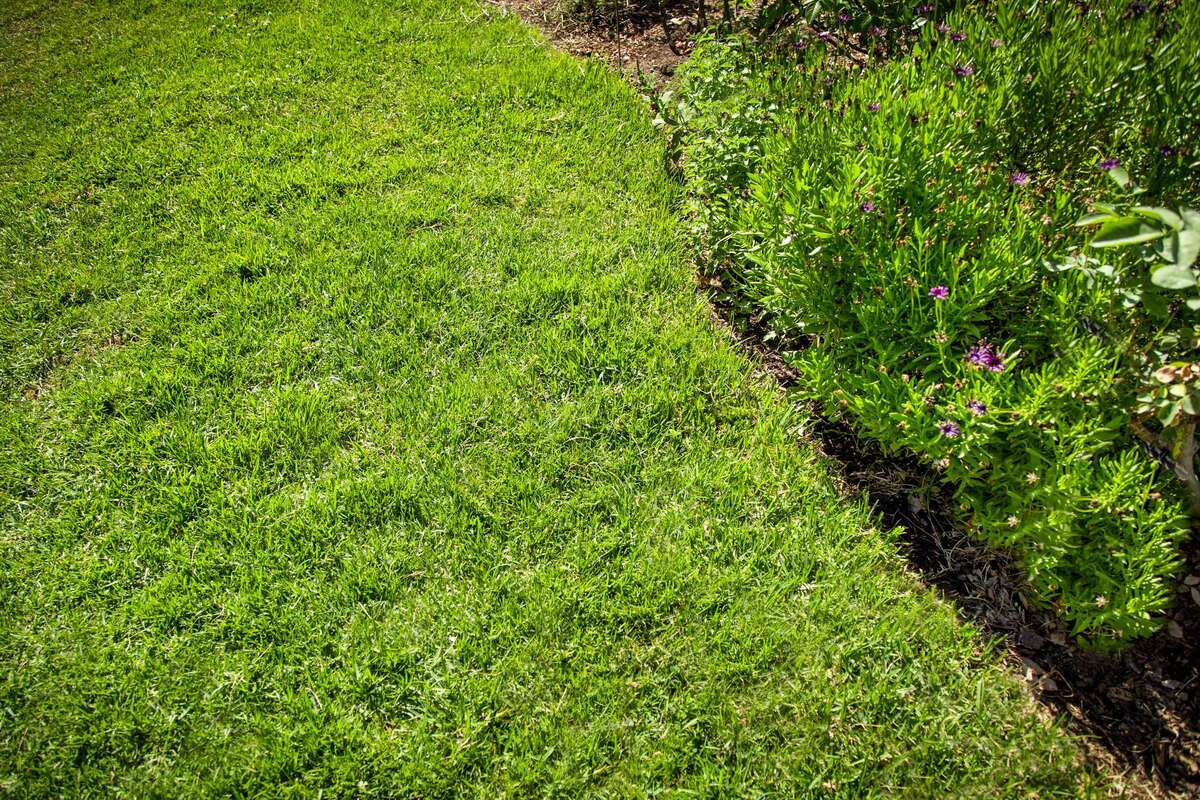
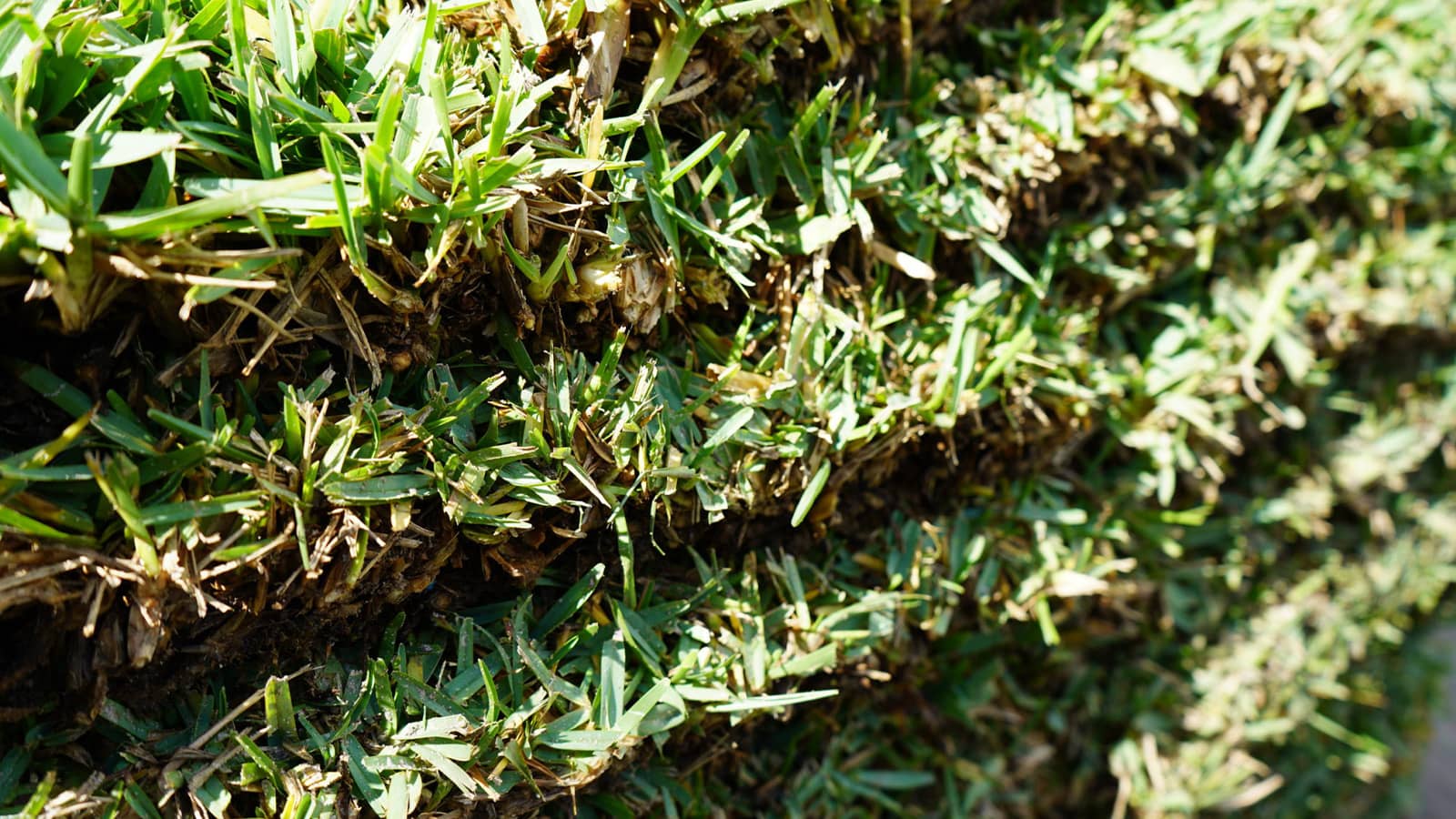
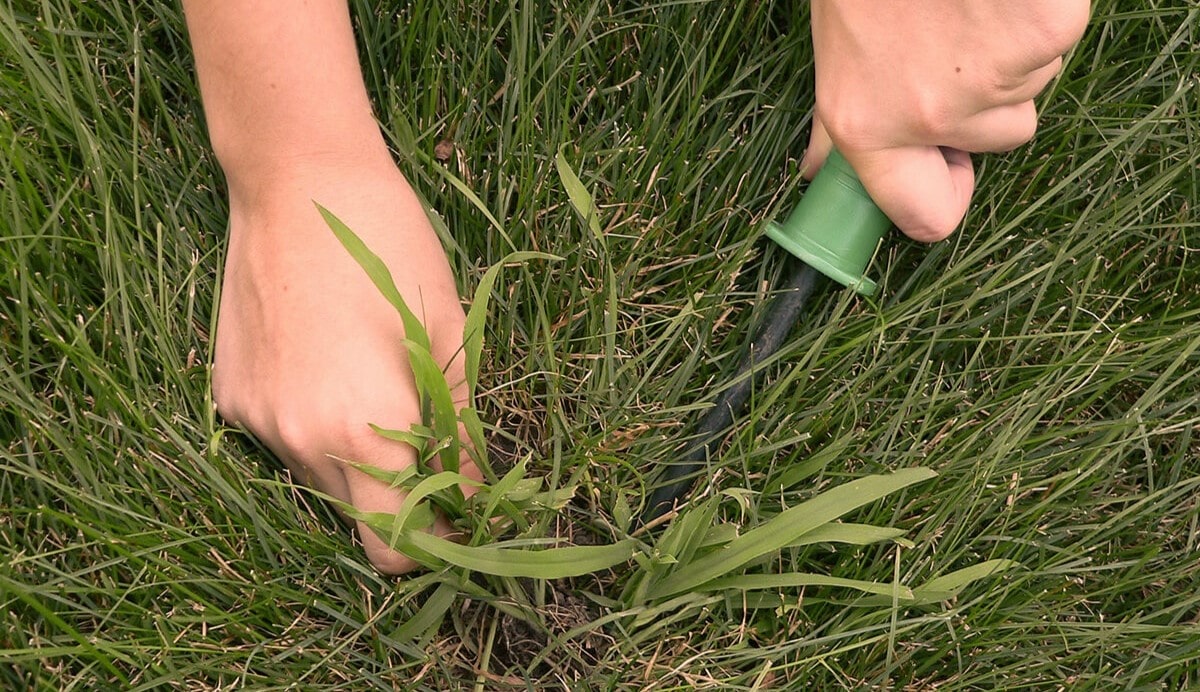
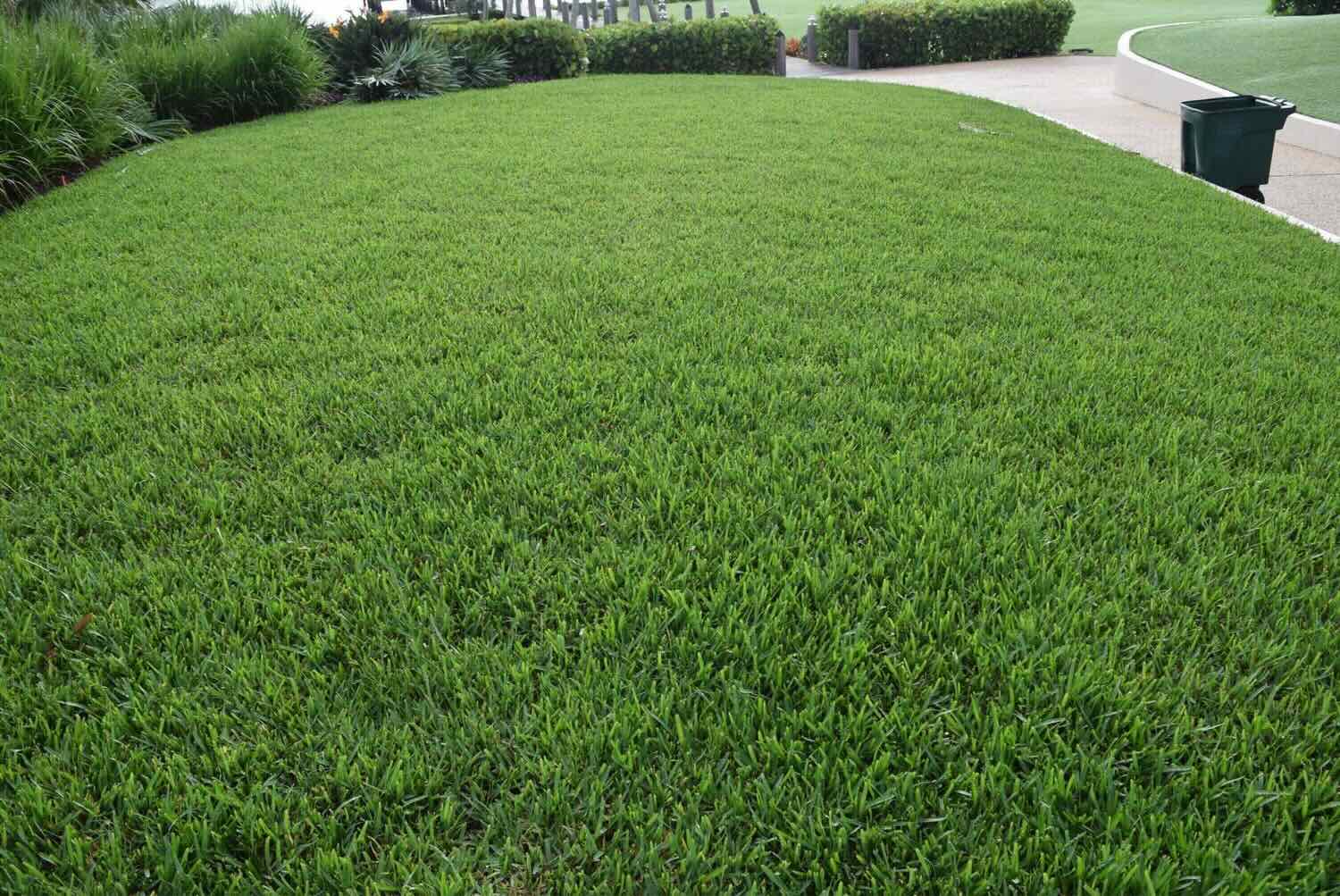
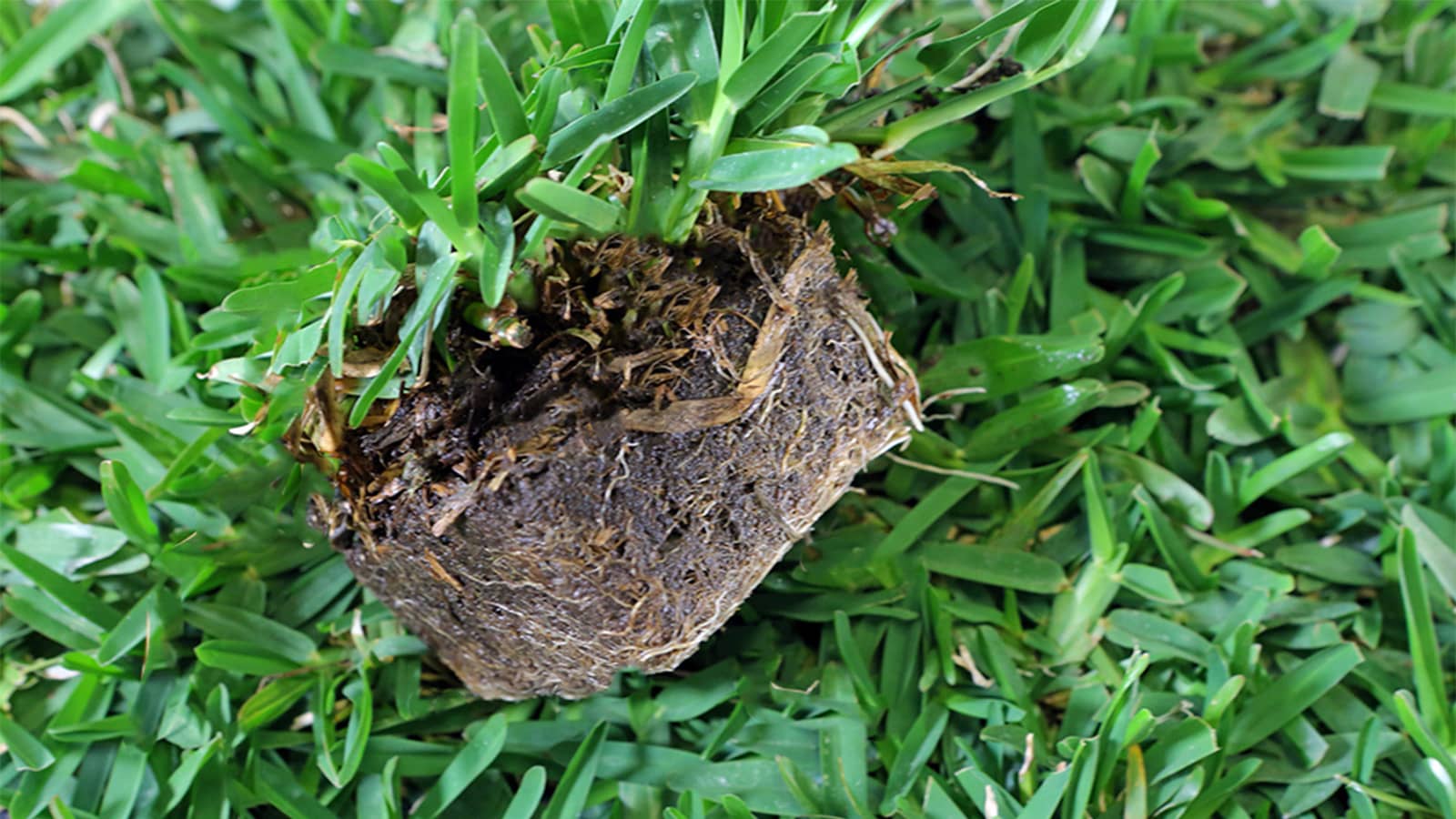
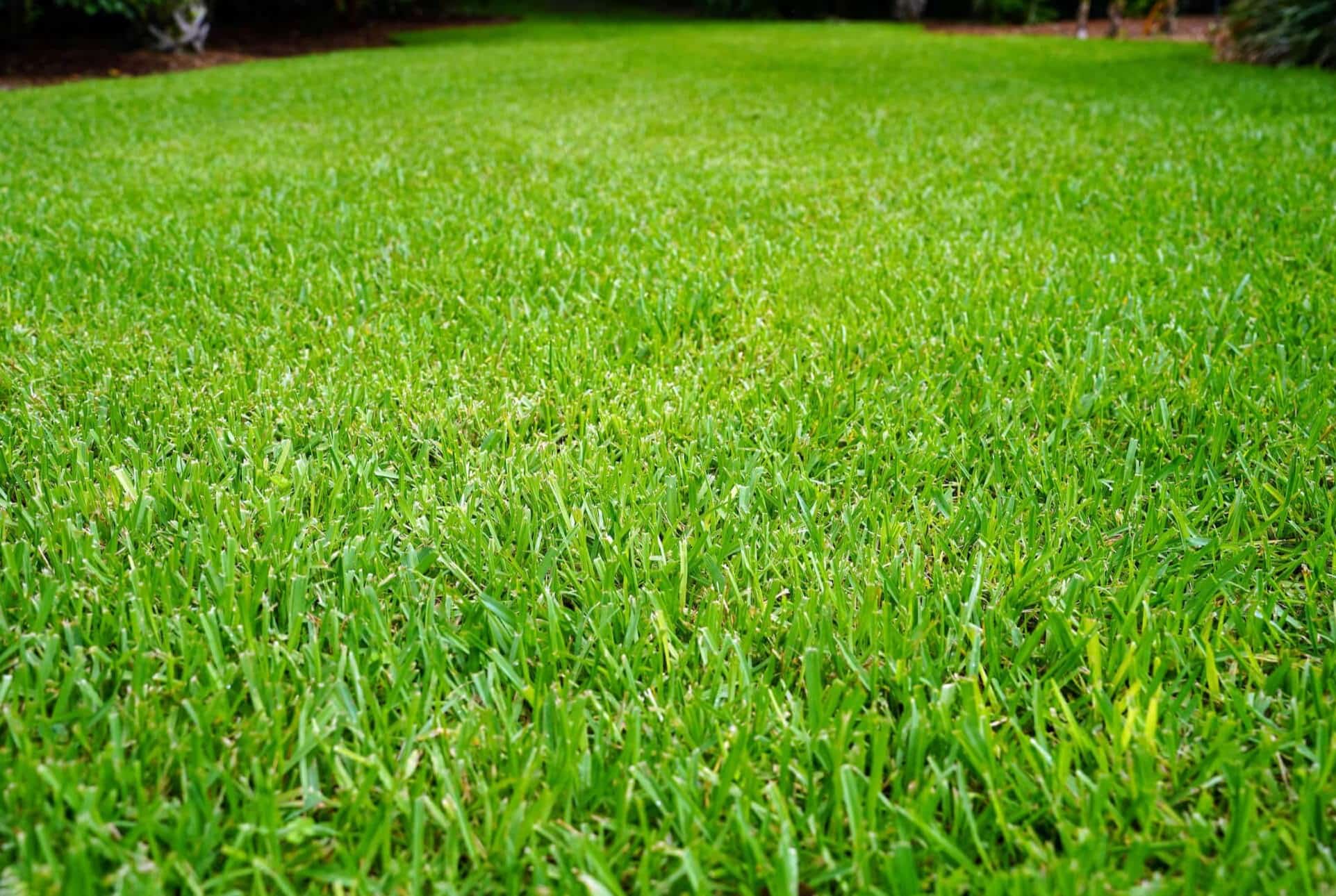
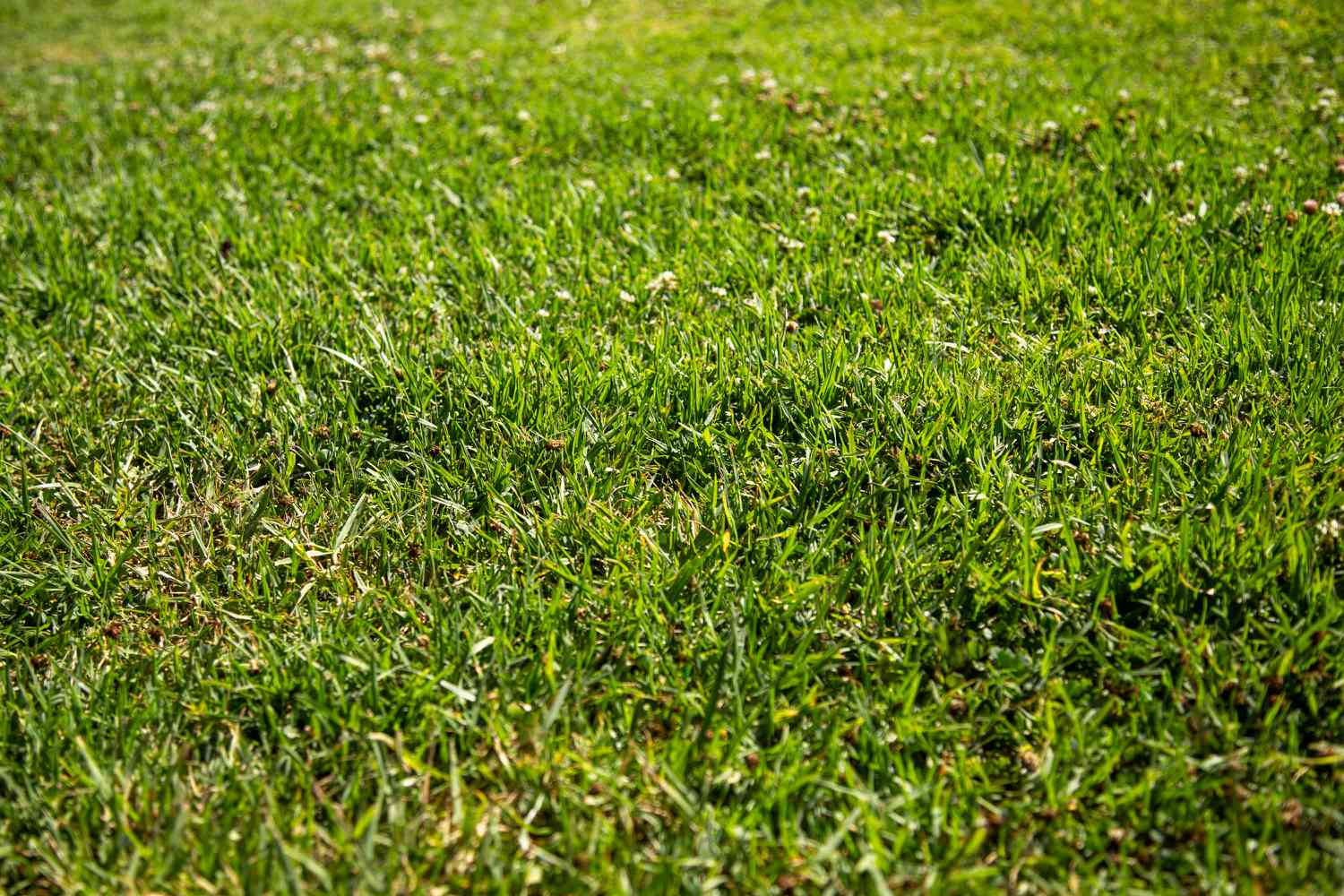
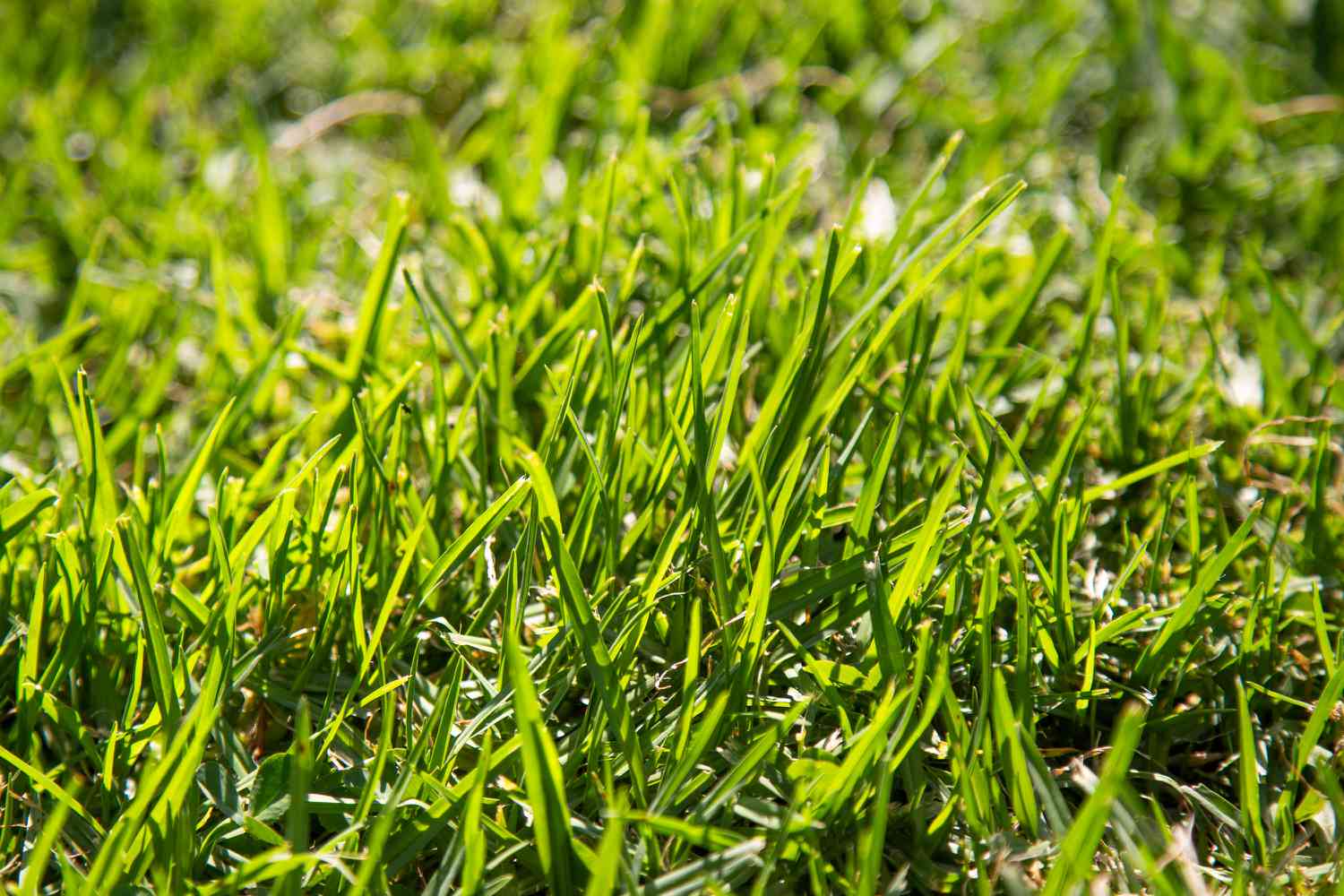
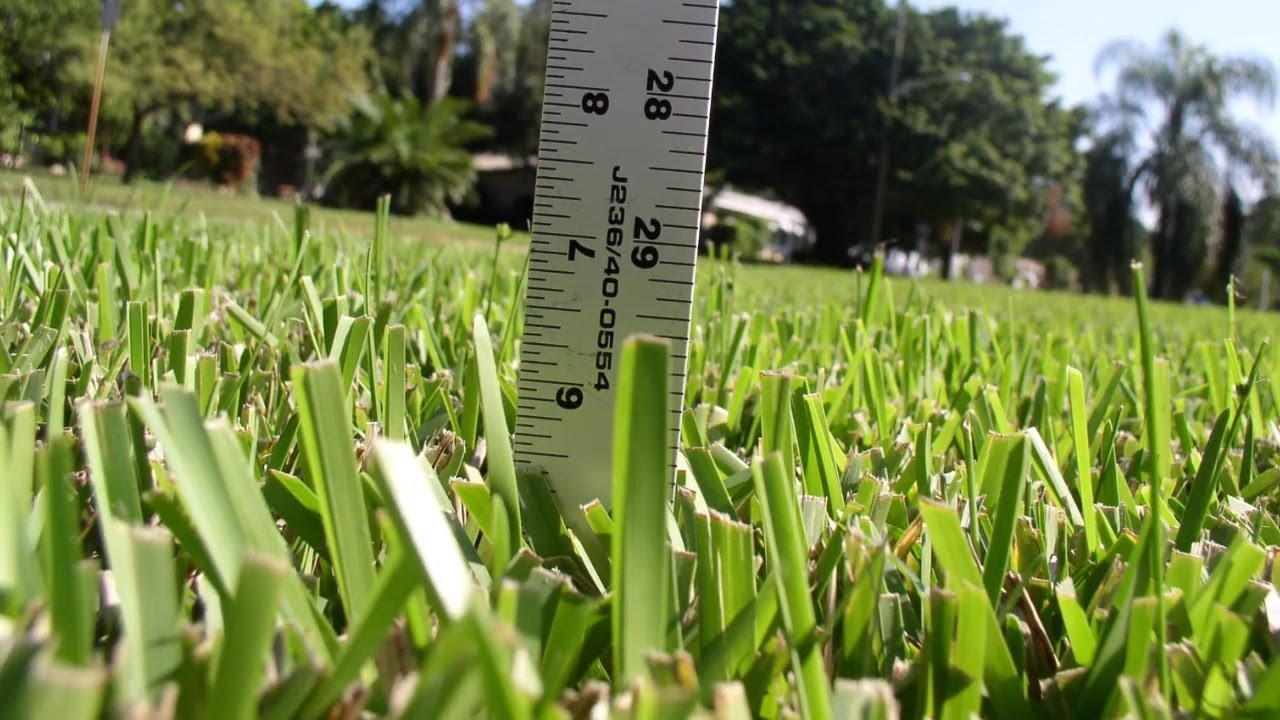
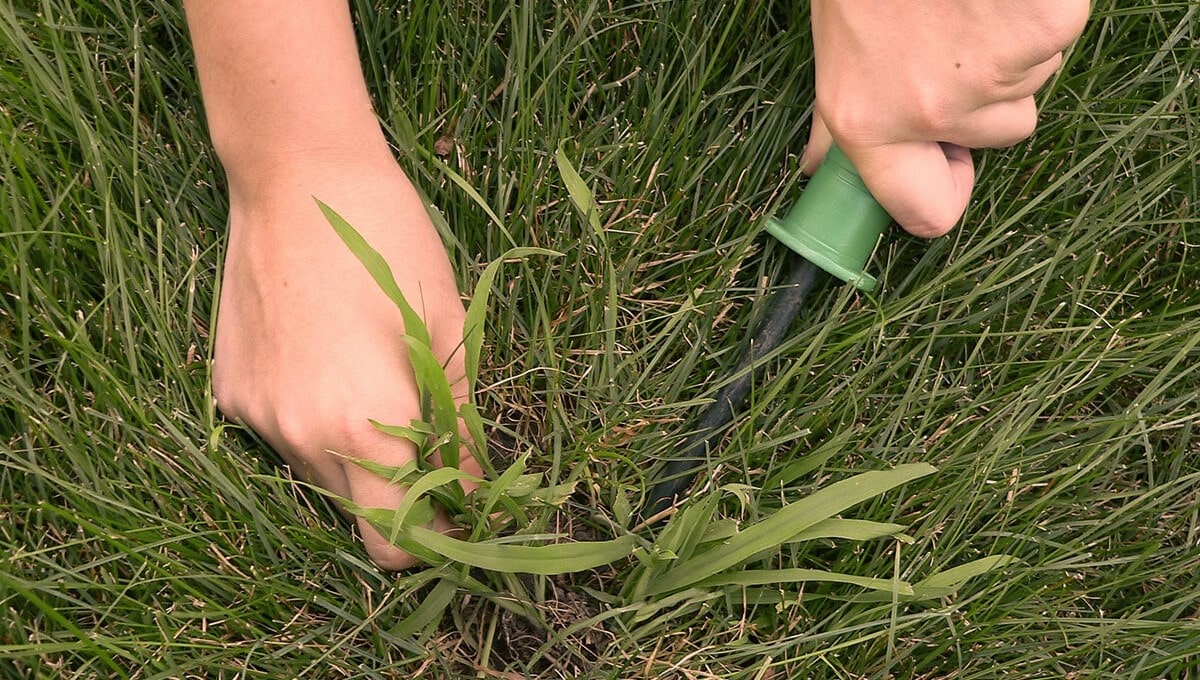
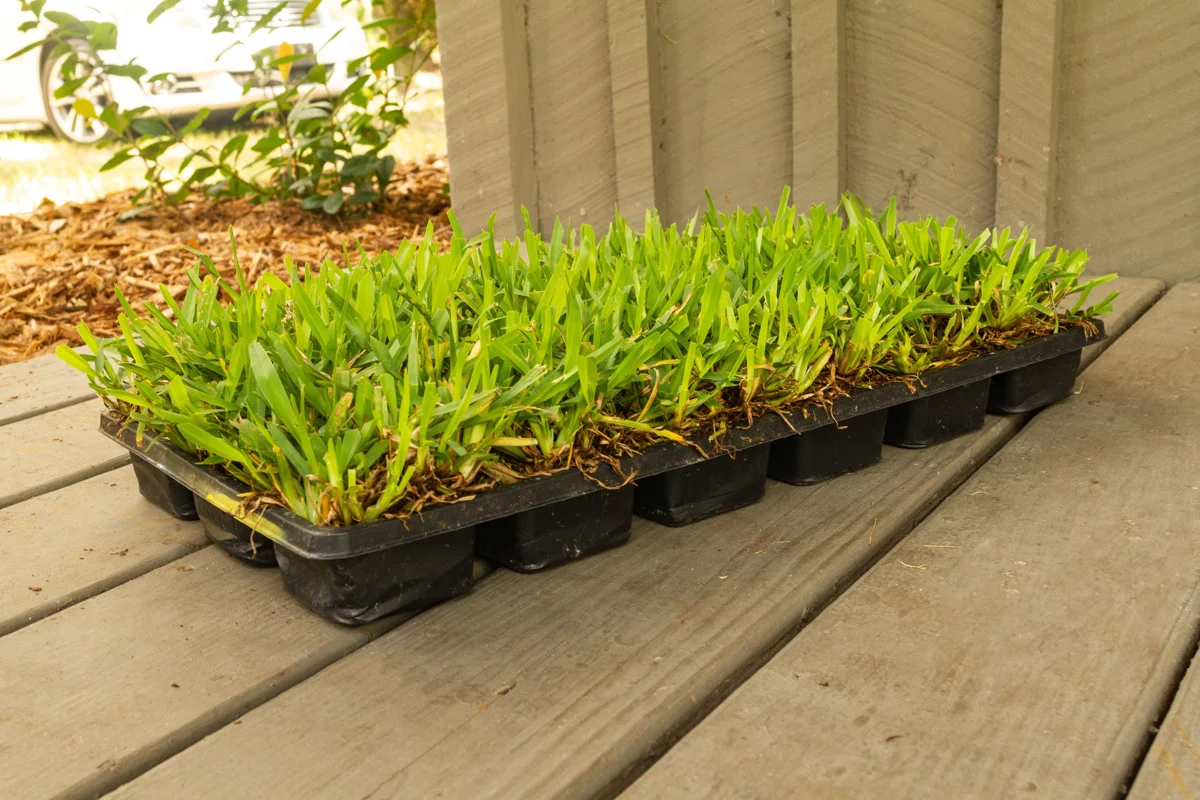
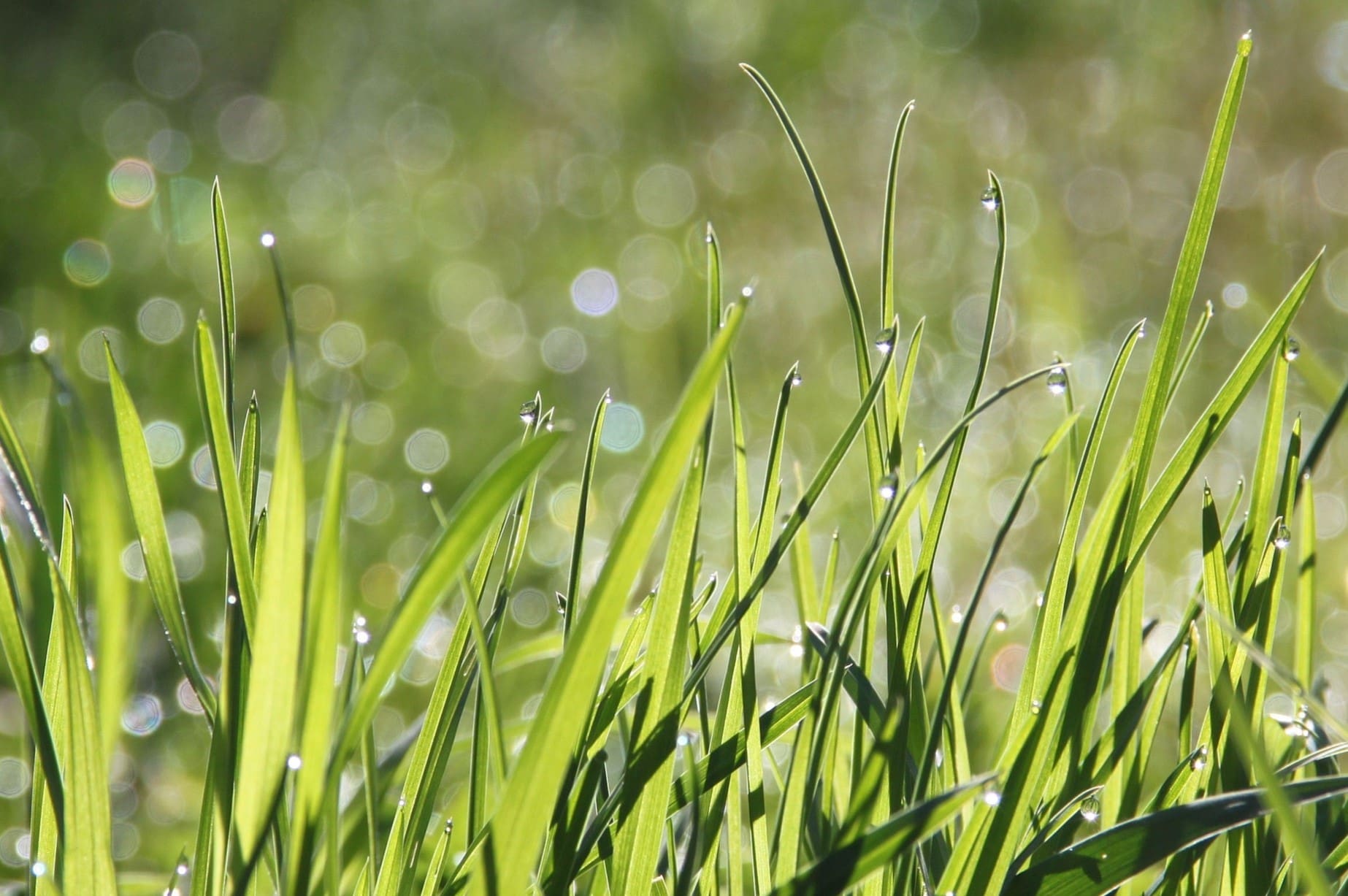
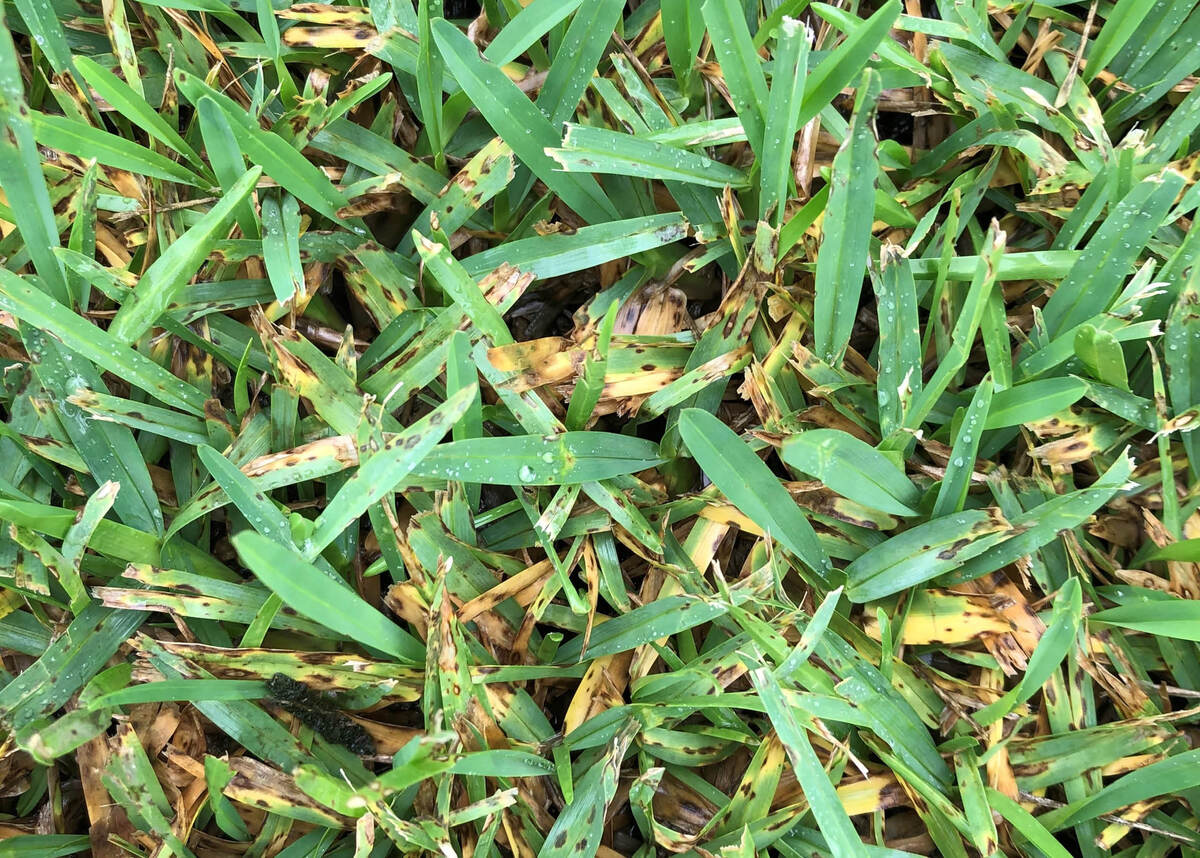
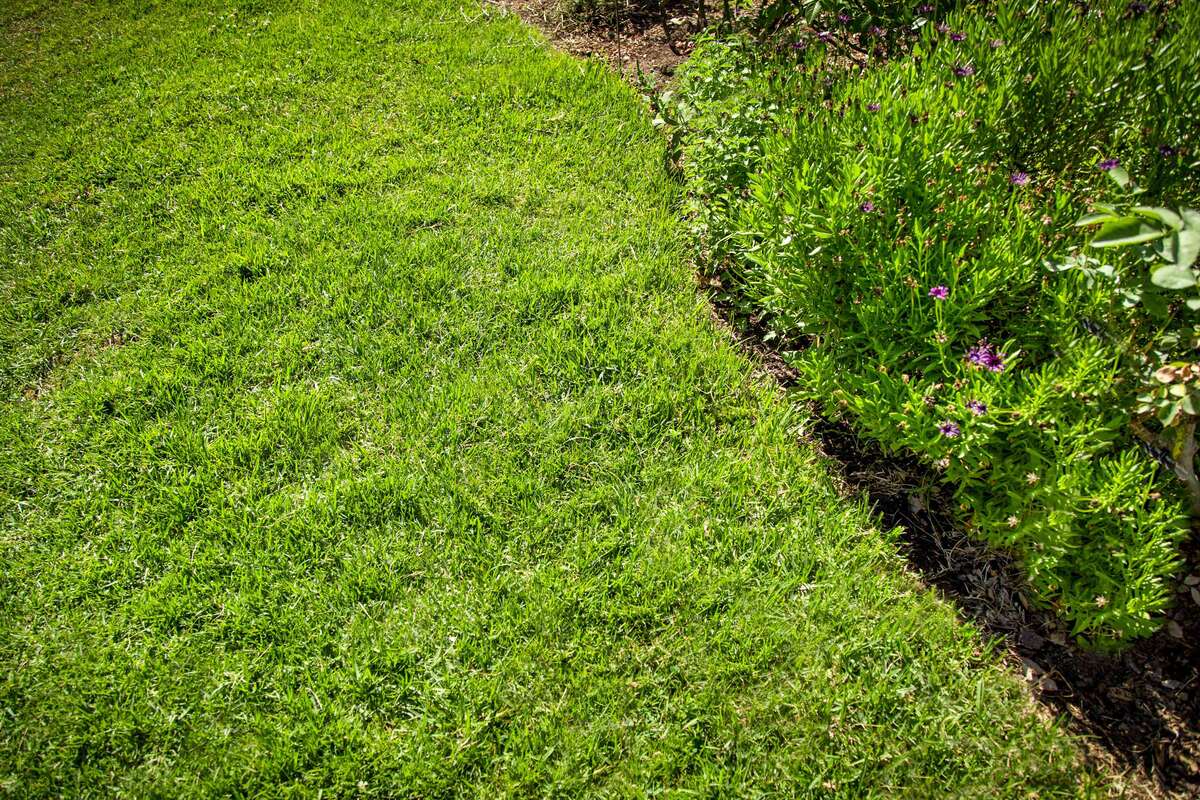

0 thoughts on “How To Get St Augustine Grass Green”